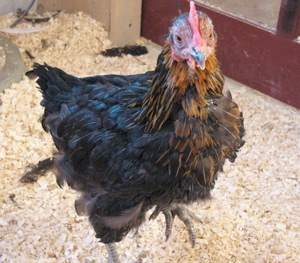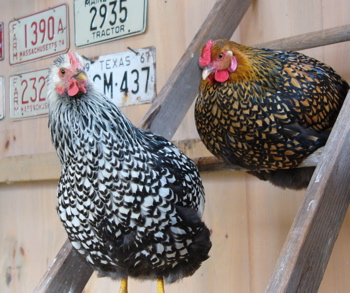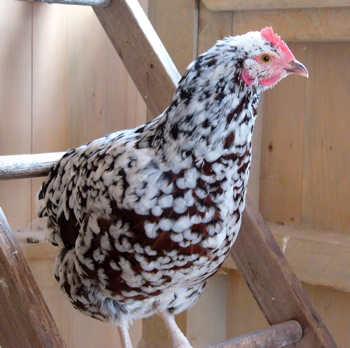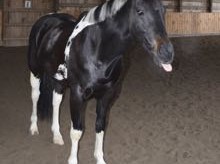A very merry Christmas to all of my Hencam friends who celebrate the holiday!
On Christmas Eve I am giving the girls a special wreath made out of kale and apples – food being the one thing that I know they have all asked Santa for (well, in all honesty, that’s just about all they ever ask for.)
If you watch Hencam tomorrow, you’ll see their present. I took a wild bird suet feeder, filled it with apples, and circled it with kale and parsley. If you catch Hencam a little later in the week (or, probably an hour after hanging the wreath in the morning), it will be a mess – though still enjoyed by the hens. That’s one nice thing about chickens – they are so easy to please.
Dark leafy greens are an especially healthy treat for chickens, especially in the winter. Years ago, the small-scale farmer would have owned a special hand-grinder to shred vegetables into bite-sized bits to feed their hens. I could chop up the veggies – but putting them out whole gives the girls something to keep them busy.
I’ll be taking a short blogging break until after the New Year. Happy and safe holidays to all!



